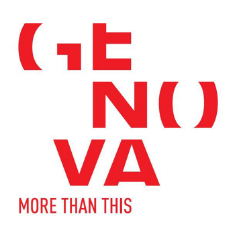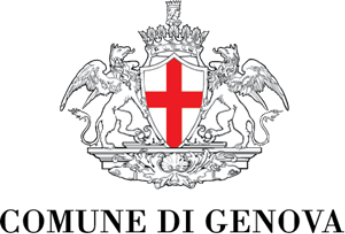
Click here to view image
Male and female portraits
Leoni, Ottavio
drawing
D2412
Unità di misura: mm; Altezza: 219; Larghezza: 148
pietra nera
The collection of portraits on cerulean paper by Ottavio Leoni (Rome 1578-1630) preserved in Genoa's civic collections comprises 50 sheets and is of great importance in terms of quality and chronological variety, spanning the master's entire career from the end of the 16th century to the first thirty years of the 17th century. The range of characters documented in the portraits is also very varied, providing a vivid snapshot of Roman society in the early 17th century. Their names have been identified thanks to historical and artistic research and the inscriptions on the sheets, some autographed, others from collections, sometimes partially faded and cut. Among the figures “photographed” by Leoni, the Genoese collection includes portraits of nobles, such as Vittoria Caetani dell'Aquila d'Aragona, Marquis Paris Pinelli and Alessandro VII Sforza, Duke of Segni; portraits of princes and princesses, such as Maria Felice Peretti or the Prince of Castiglione; cardinals, such as Monsignor Gerolamo Grimaldi, Cardinal of Trinità dei Monti; but also figures from different social backgrounds, prominent in Rome at the time, such as the composer and organist Paolo Quagliati. There are also faces that have remained ‘anonymous’, both aristocrats and humble commoners: examples include the sheets with Portraits of a Man and a Woman or those with A Monk and a Child, depicted individually and then arranged in pairs within a single blue paper passe-partout with an elegant gold border by a collector between the 18th and 19th centuries. The sheets in Genoa belong to different periods of Ottavio Leoni's career: there are older portraits, dating back to the end of the 16th century and characterised by more marked and continuous contours, more insistent, outlined only in black “pencil” (an example is a Portrait of a Young Man); others in which black pencil strokes are accompanied by white chalk, as in the case of the famous Portrait of Vincenzo Gonzaga, Duke of Mantua; finally, others dating from the last phase of the artist's career, between the second and third decades of the 17th century, in which there is a more nuanced use of red and black pencils and chalk, with more delicate passages and soft coloured shading: the two Portraits of a Man and a Woman, shown here, mounted in a single passe-partout, belong to this period, in which the use of red pencil is highly characteristic. Some of Ottavio Leoni's drawings preserved in the Drawings and Prints Cabinet of Palazzo Rosso - all of which came into the collection through Marcello Durazzo's bequest to the civic library in 1848 - bear the inscription “Ulisse Aldrovandi 1799”, an interesting indication of their previous provenance from the collections of Count Ulisse Aldrovandi, patron, collector and amateur painter of the late 18th century, of the Aldrovandi Marescotti family of Bologna. Aldrovandi, an academic of fine arts together with his brother Carlo Filippo, was in contact with artists and writers in his city and had established a sort of academy in his own home, where he had gathered paintings - particularly Nordic ones - but also drawings, prints and art books. Male and female portraits.



